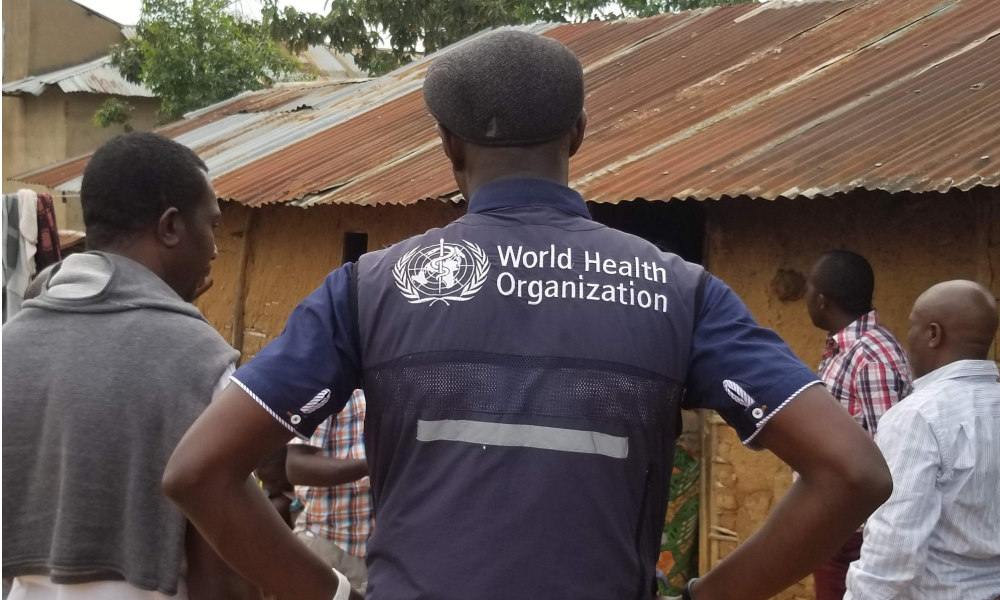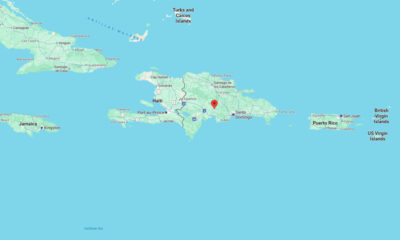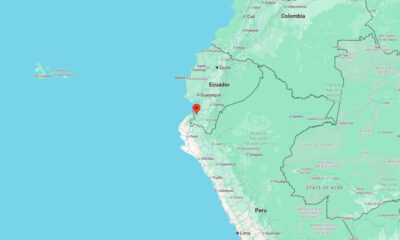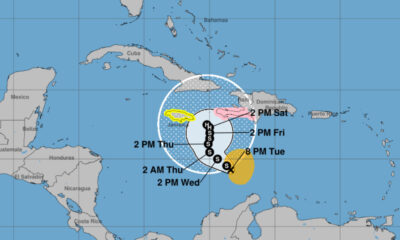Health
Unknown disease kills 53 and infects hundreds in DRC

Hundreds of cases, including dozens of deaths, linked to an unknown disease have been identified in a region of the Democratic Republic of Congo (DRC), according to an update from the World Health Organization (WHO) Africa region.
The update released on Thursday indicates that two clusters of cases and deaths from an unknown disease have emerged in the Équateur province of the DRC. The bulletin stated that Ebola and Marburg viruses have been ruled out.
“The outbreak, which has seen cases rise rapidly within days, poses a significant public health threat,” the WHO bulletin stated. “The exact cause remains unknown, with Ebola and Marburg already ruled out, raising concerns about a severe infectious or toxic agent.”
The clusters have been detected in three villages within the province, resulting in at least 431 cases and 53 deaths, with a case fatality rate of 12.3%. Nearly half of the deaths (48.9%) occurred within 48 hours of symptom onset.
Primary symptoms include fever, chills, headache, myalgia, body aches, sweating, rhinorrhea, neck stiffness, cough, vomiting, diarrhea, and abdominal cramps.
Possible causes under investigation include malaria, viral hemorrhagic fever, food or water poisoning, typhoid fever, and meningitis.
Preliminary investigations into the initial cluster traced the outbreak’s origin to three community deaths among children under five in Boloko Village between January 10 and 13. Reports indicate that the children had consumed a bat carcass prior to developing symptoms.
The WHO Africa region report highlighted concerns over the high death rate, the rapid progression of the illness, and the increased risk of further spread. However, it also noted that the lack of epidemiological links between affected health zones may suggest separate health events.
“Key challenges include the rapid progression of the disease, with nearly half of the deaths occurring within 48 hours of symptom onset in one of the affected health zones, and an exceptionally high case fatality rate in another,” the bulletin stated. “The remote location and weak healthcare infrastructure increase the risk of further spread, requiring immediate high-level intervention to contain the outbreak.”
The bulletin also reported that local health facilities in the affected areas are overwhelmed and struggling to manage cases.
The report calls for urgent action to accelerate laboratory investigations, improve case management and isolation capacities, and strengthen surveillance and risk communication.

-

 US News5 days ago
US News5 days agoUnwarned tornado suspected in Fort Worth as storms cause damage and power outages
-

 World3 days ago
World3 days agoU.S. Navy helicopter and fighter jet crash in South China Sea; all crew rescued
-

 Legal1 week ago
Legal1 week agoMan armed with AR-15 arrested after threats to ‘shoot up’ Atlanta airport
-

 Legal4 days ago
Legal4 days agoMultiple injured in shooting at Lincoln University in Pennsylvania
-

 World1 week ago
World1 week agoMagnitude 5.0 earthquake rattles Dominican Republic
-

 World1 week ago
World1 week agoMagnitude 6.1 earthquake strikes Ecuador–Peru border region
-

 World1 week ago
World1 week agoHurricane watch issued for Haiti due to Tropical Storm Melissa
-

 Legal1 week ago
Legal1 week ago2 men charged in attack on ‘Big Balls’ DOGE staffer in Washington, D.C.




